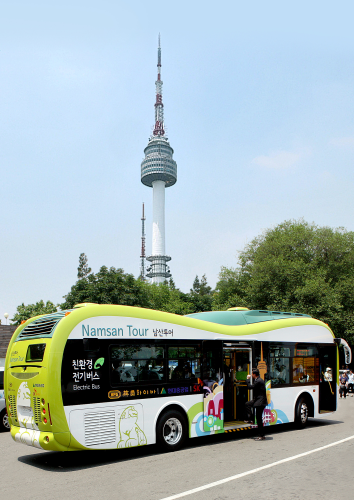
The buses were developed by Korean company Hanuk Fiber Co Ltd (HFG) in cooperation with Hyundai Heavy Industries Co.
Carbon/epoxy prepreg has been used for body parts and most of interior parts are made from glass reinforced EPOVIA® flame retardant vinyl ester resin from Cray Valley in combination with ARMORCOTE® / POLYCOR® superior weathering resistant gel-coat.
The use of composites in the bus construction reduces the vehicle weight by 25% compared to conventional buses and extends the distance the bus can travel before the battery needs recharging.
Seoul Metropolitan Government is expecting to operate 15 of the environment-friendly electric buses this November. High capacity batteries enable the buses to run for 120 km after recharging and reach a maximum speed of 100 km/h.The battery takes only 20 minutes to recharge.
The 15 buses will begin operating in the Namsan area of Seoul. Seoul Metropolitan Government aims to expand the use of electric buses next year so that 3800 buses (the equivalent of half of Seoul’s bus fleet) will be electric by 2020. The remaining buses will be replaced by hybrid buses.






